
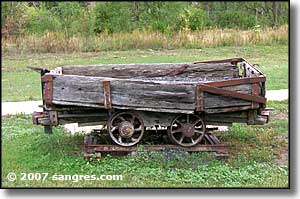
Sugarite State Park is about 12 miles to the northeast of Raton. Sugarite was originally the site of a large coal mining operation, run by the railroad that used the coal in its steam engines. As usual in the coal camps of the west, there were people of several different nationalities, speaking several different languages, working in these mines. Housing in the camp was segregated by nationality/language, although once the men entered the mine, none of that made any difference.
Lake Maloya was built further up the canyon above the mines as the primary/emergency water supply for the mines and for the people who worked in them (and while it is now the primary water supply for the City of Raton, it is still part of Sugarite State Park - you want to go fishing or picnicking there: pay the State Park fees).

Looking southwest across the main town site: you can see some of the old foundations down below

Looking down the valley towards Raton
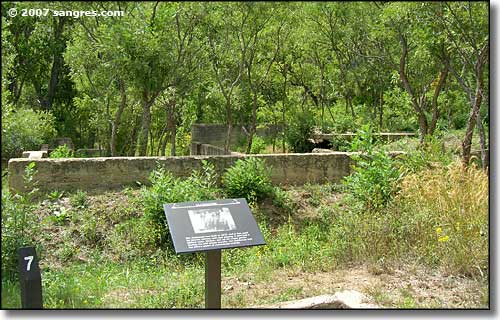
Foundations of the Sugarite Clubhouse
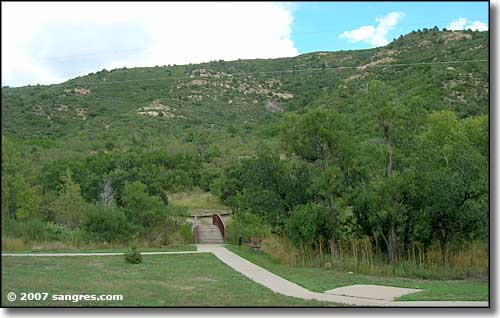
Heading out from the Visitor Center for the self-guided tour
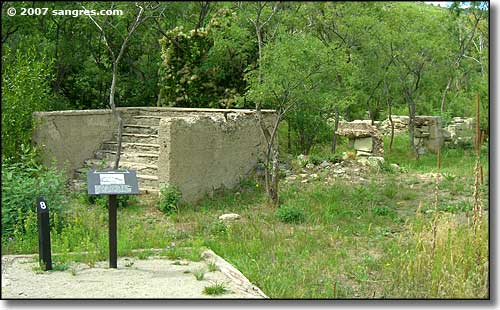
These concrete steps used to lead to the back porch of the company mercantile
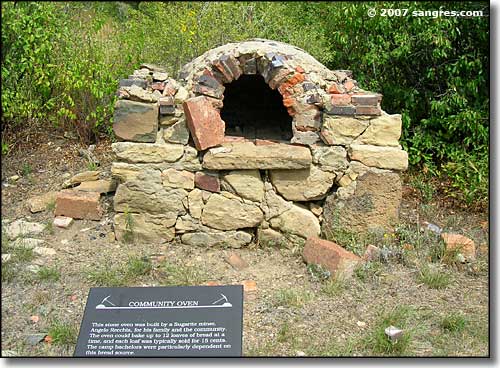
The Community Oven, used by several women at one time but owned by the Recchia family
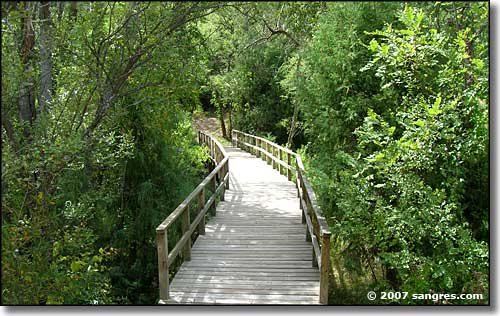
To cross the creek (this is a modern bridge leading to the Nature Trail - not original to the site)

A typical house foundation. If you take the volunteer-led tour, this is where they stop and explain the housing situation.
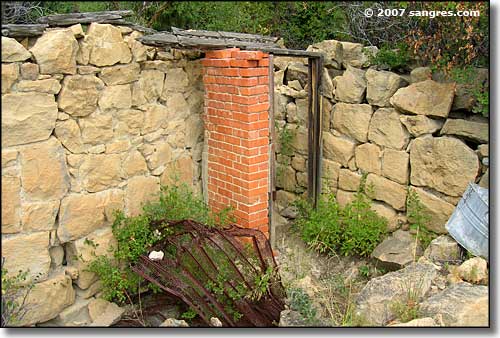
The Fan House, just above the entrance to mine #2
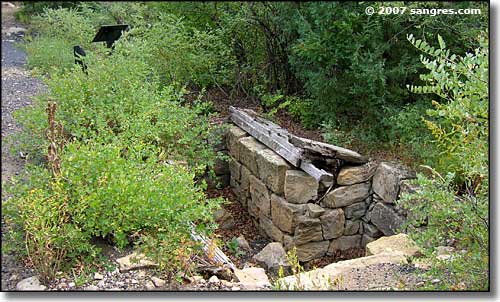
The Mechanic's Pit on the mine entrance level: this is where they worked on the electric locomotives that ran in the mine

West side of the canyon (with part of Scotch Hill): the mine bosses lived over there
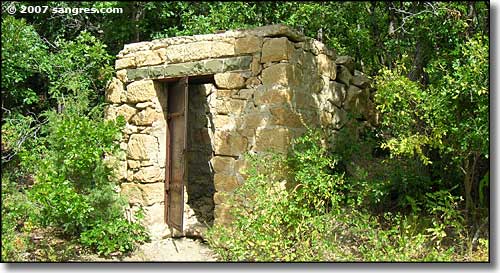
The explosives shack: where the dynamite was stored for use in the mines

Looking north on Lake Alice

Looking south on Lake Alice
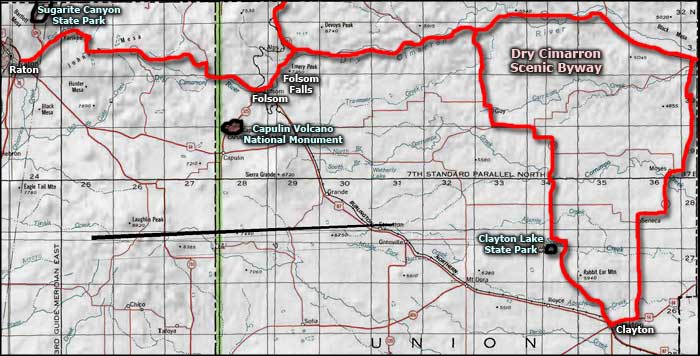
Sugarite State Park area map

